
Manufacturers of industrial safety devices and machinery control systems are continually developing new products in response to the updated safety requirements. They can be excellent resources for which devices or systems to consider and ways to apply them to ensure that your equipment meets today’s safety standards. For it is way better to be safe ― by working with the latest guidelines, understanding the risk assessment process, and putting the necessary risk reduction measures in place than to be sorry.
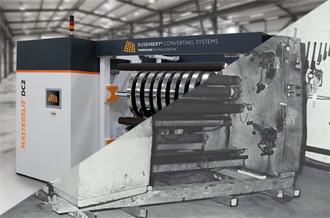
Your slitter rewinder machine has been a real workhorse for decades. It’s gone through countless runs, and for the most part, it’s been useful to you. Unfortunately, it’s capabilities are outdated, parts need replacing, and you’re questioning whether it’s able to keep up with the production schedule. It might be time to think about something new.
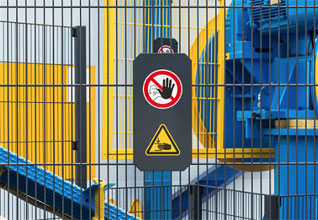
As an OEM of industrial machinery for a wide variety of plastics processing, web handling, and slitting applications, we are often put in a difficult position of responding to requests from customers for upgrades to legacy machines while navigating a minefield of product liability concerns. This can be frustrating for customers who view the scope of their request as being a “simple” or “minor” upgrade or modification, whereas from the OEM’s viewpoint, the scope of the project, once fully assessed, typically becomes much broader. When a customer then receives a proposal with costs well beyond what they deem reasonable for the scope of work they are envisioning or are surprised by a refusal from the OEM to even provide a proposal, it can lead to the misperception of the OEM not wanting to work with a customer. Most of the time, that simply isn’t the case.
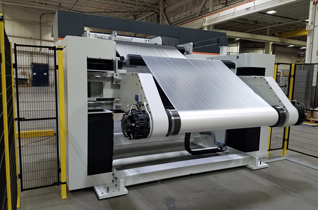
Secondary manufacturing and converting operations, such as printing, extrusion laminating, or slitting and rewinding, start by unwinding material from a roll into the downstream process. Process operating speeds and type of unwind selected can have an impact on the level of safeguarding required to meet current safety standards.
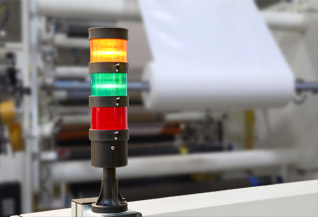
As a manufacturer of machinery for the plastics industry, one of our main concerns when designing, engineering, and building these machines is to always keep safety in mind. Operating machinery can always carry the risk of injury. Workers can be struck by moving parts, trapped between rollers, belts, and pulleys, and cut or punctured by sharp edges. That’s why safety standardization efforts are developed to define, for example, the type of guarding, fencing, or torque limitation.
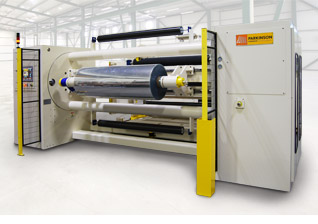
Maintaining the proper web tension at the unwind is critical to the success of a web process. In most situations, two components work together to achieve and maintain the desired tension. Previously we discussed one of these components, the braking system, which applies torque in proportion to the desired web tension. We will now focus our attention on the control system, which provides the required signals to the braking system to regulate the web tension. Control systems are open loop or closed loop and various configurations of each of these exist.
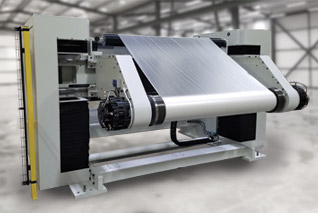
Many web processing applications need a way to unwind web material into a subsequent operation. Whether used inline in an extrusion laminating process or offline in a slitting and rewinding operation, an unwind stand must deliver the material into the process while maintaining the proper web tension to ensure reliable web transport. It’s the tension control requirements that can complicate the simple act of unwinding the material.